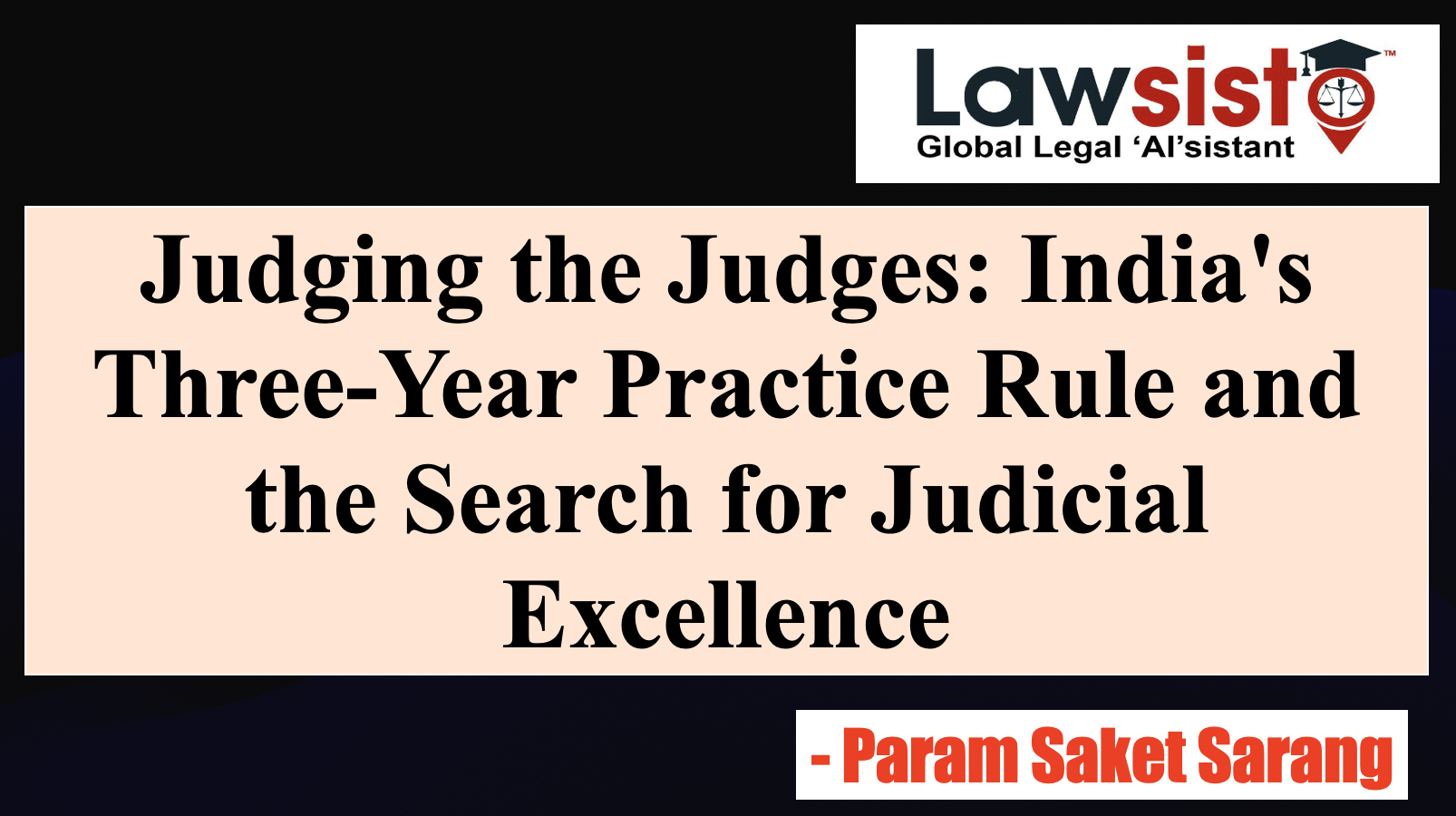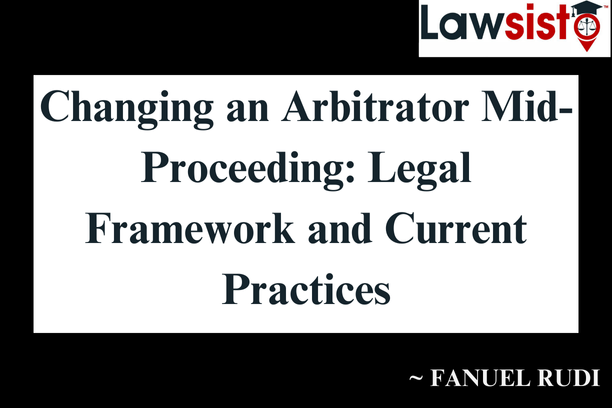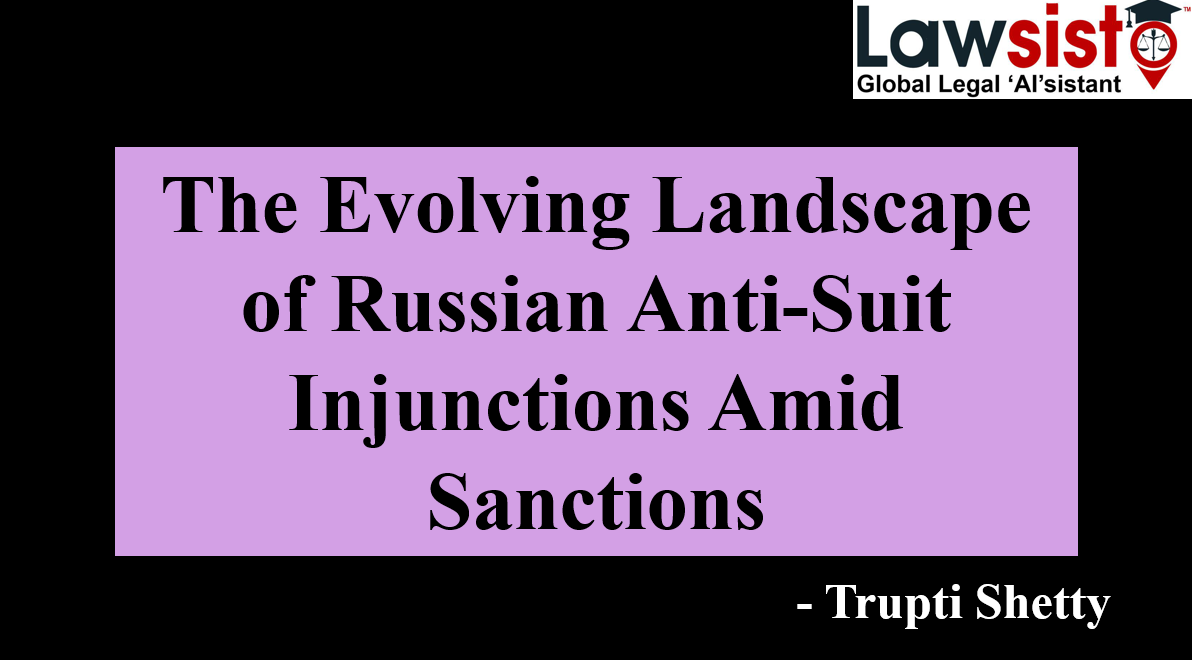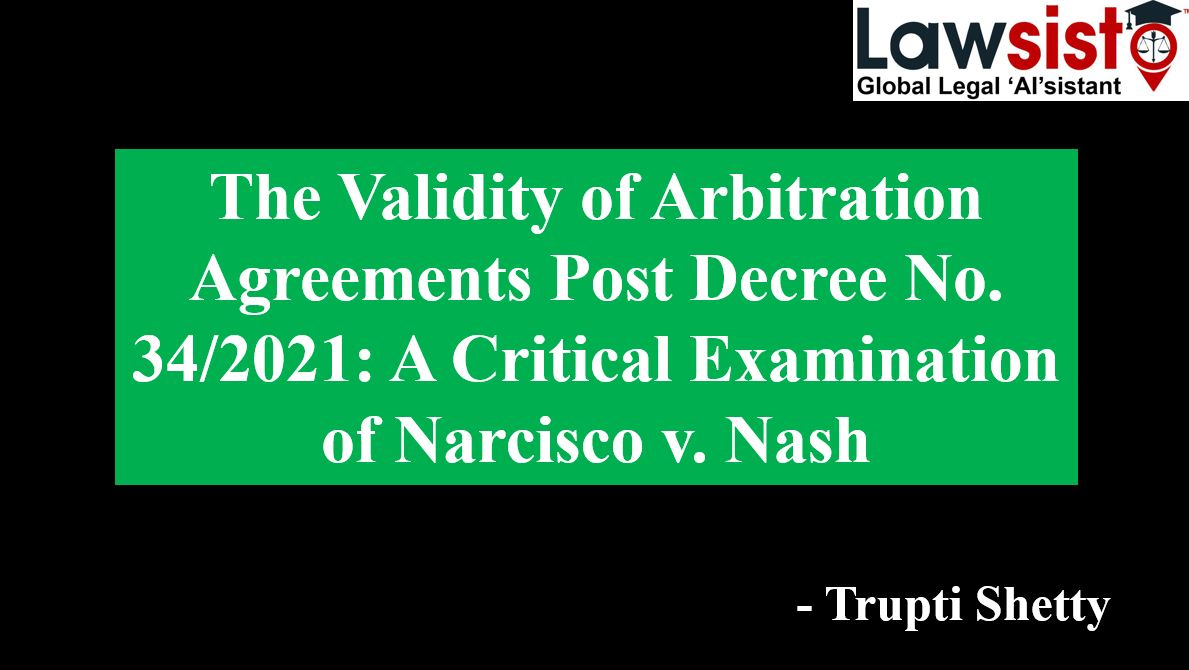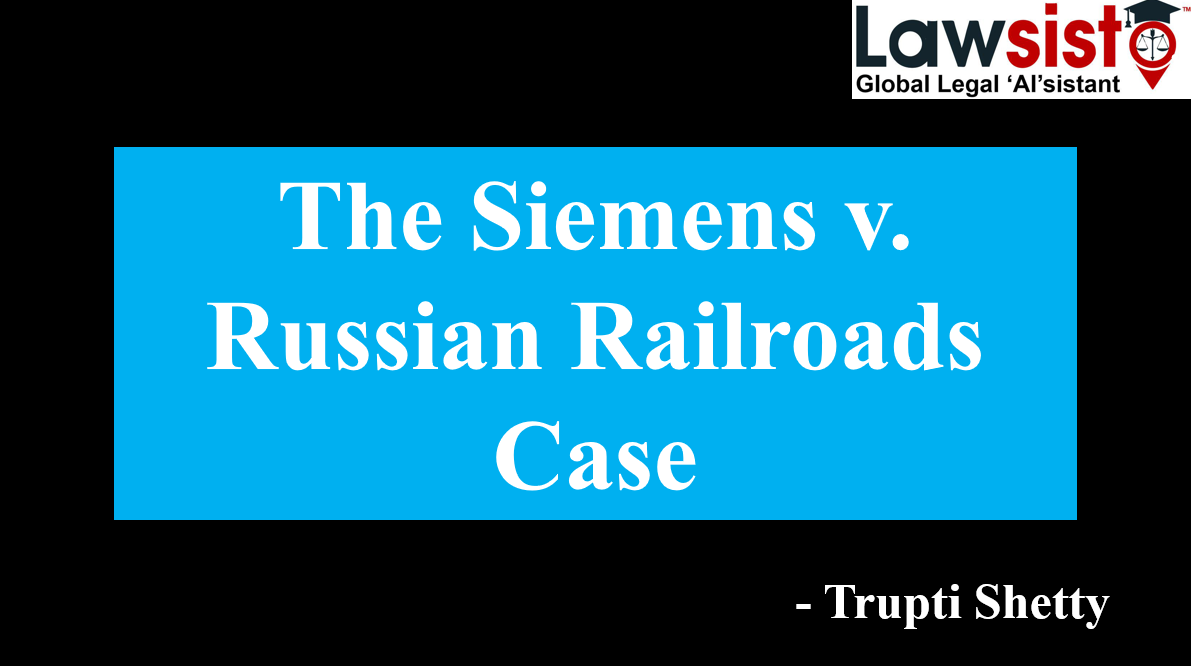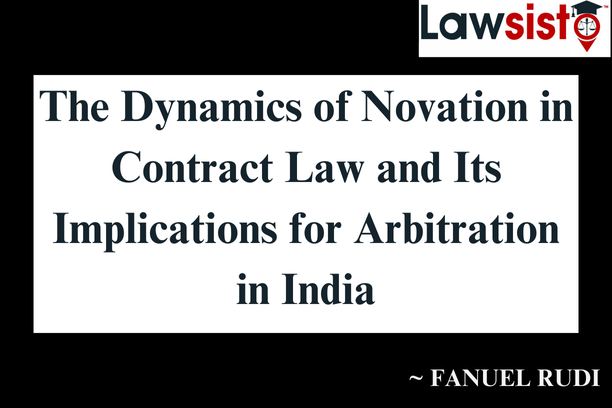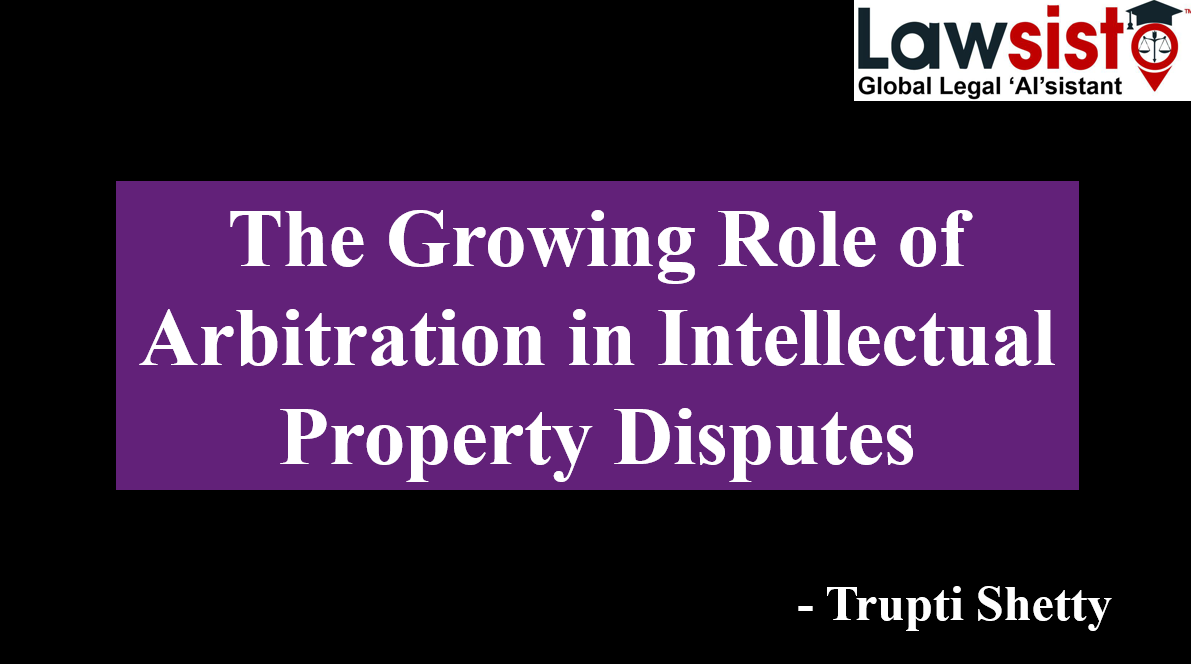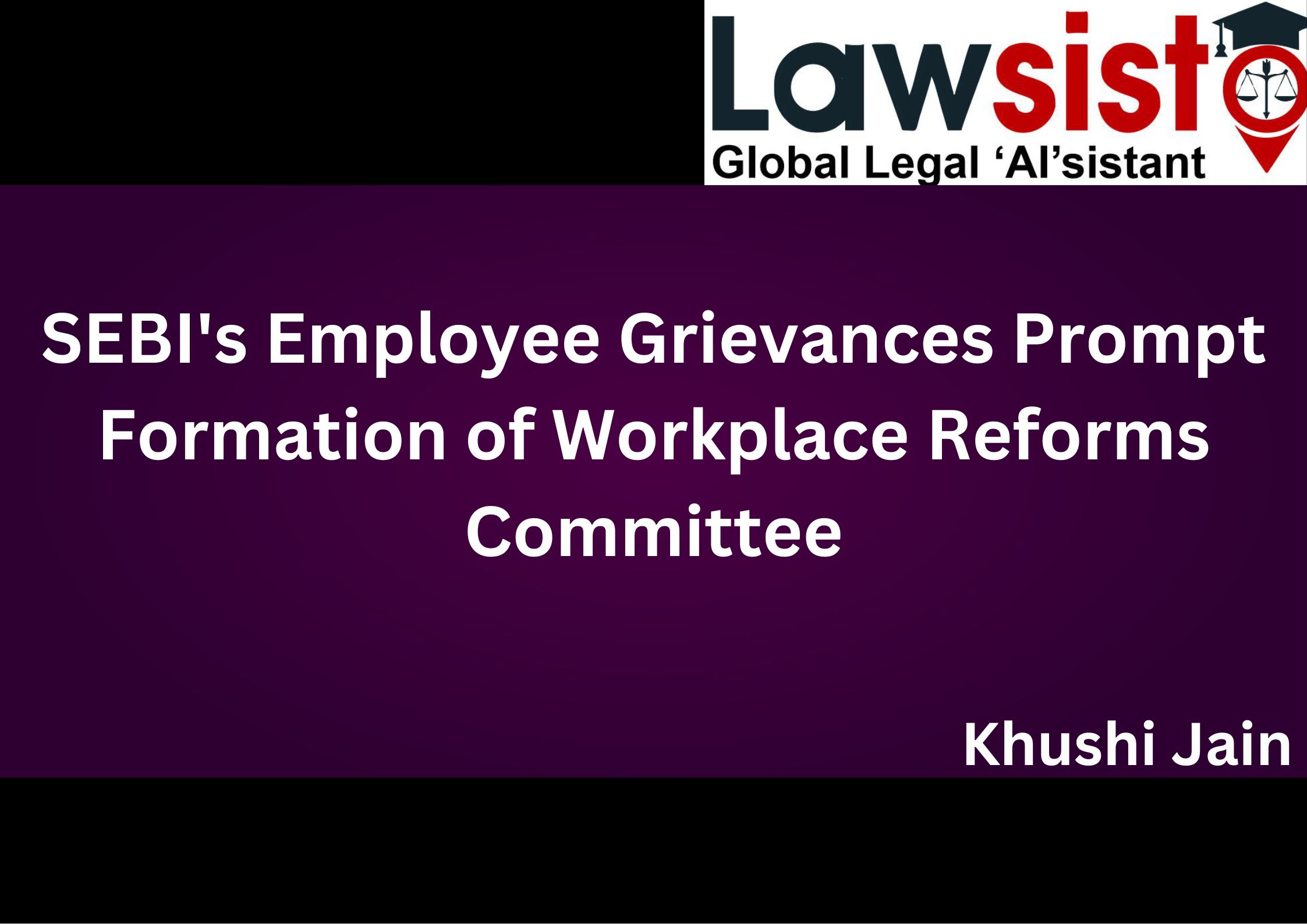Latest News
Alternative Dispute Resolution in Torts: A Modern Approach to Justice
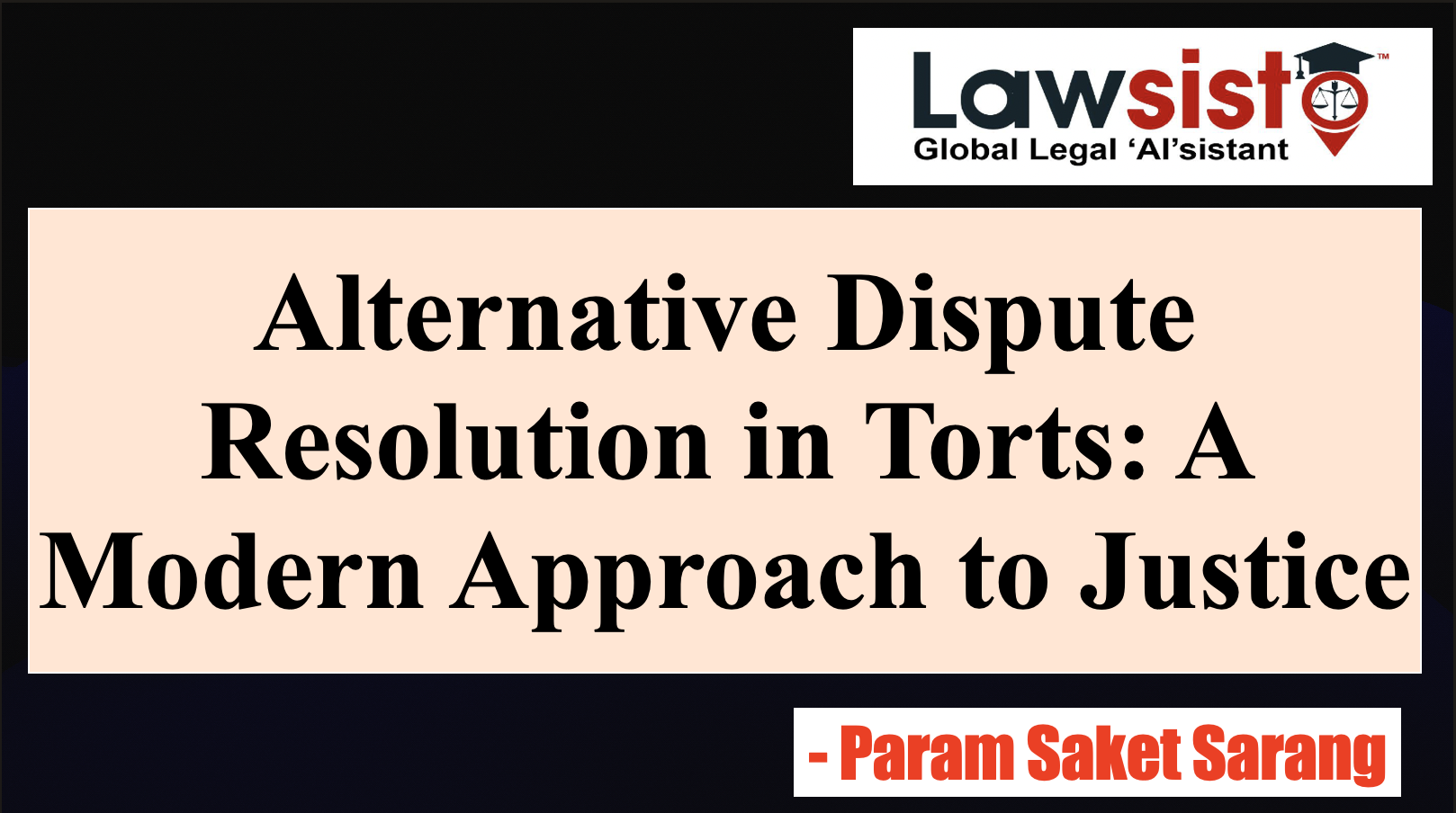
Alternative Dispute Resolution in Torts: A Modern Approach to Justice
Introduction
With each passing year, it seems that there is an ever-demanding requirement to resolve conflicts in a manner that is efficient, cost-effective and, most importantly, brings satisfaction to the parties involved. These growing needs have led to the development of Alternative Dispute Resolution mechanisms or ADR mechanisms, that are rather common in tort cases. Torts, which refer to wrongdoing towards a person that causes harm, are normally dealt with monetary compensations rather than through imprisonment. This paper aims to analyse the extent to which arbitration and mediation as forms of ADR mechanisms can be used as ways of resolving tort litigation. Concepts of relevant legal frameworks are discussed, and the benefits and drawbacks of ADR and the circumstances when ADR is useful are outlined.
Understanding Torts
Torts include a variety of civil wrongs that are concerned with individual disputes as opposed to those that are social. Criminal acts can be described as offences against the state, while torts are characterised as private conflicts. In accordance with the Legal Information Institute at Cornell Law School, a tort is defined as “an act or omission resulting in an injury or damage to another party and which constitutes a civil wrong giving rise to liability in courts of law.” Here “injury” means violation of a legal right, whereas “harm” means any loss sustained by the victim.
The Indian law of torts is primarily unwritten law, as its rules are derived from case law. There are two types of torts: those that result from the impact on persons in the form of assault, battery, or nuisance, and those that emanate from the impact on land, like trespass. Typically, rather than imprisonment, torts are resolved in monetary damages and may follow resolution in the courts or ADR mechanisms, which is becoming more frequent.
The Role of ADR in India
ADR, or alternative dispute resolution, gives methods or systems to help people settle their disputes without going through the courts. Citing NYCOURTS.GOV, ADR includes mediation, arbitration, and neutral evaluation, which are all alternatives to going for court trials in that they are private, less formal and usually take a shorter time to resolve. As a result of the ADR approaches, the parties themselves become more actively involved in settling the disputes, which benefits both parties as the resolutions achieved are more effective and satisfying. Different types of ADR practices, such as mediation and arbitration, have developed in India, which is guided by the Arbitration and Conciliation Act in 1996 and the Mediation Act of 2023.
Arbitration
Arbitration can be defined as a centralised method of ADR in which the various parties have some differences and agree to refer the matter to one or more arbitrators who have the power to adjudicate it. This process produces a binding decision called an ‘arbitral award’. Such an award is equivalent to a legal decree or a court judgement and is guaranteed to be final and executable.
Mediation
In Mediation, the parties voluntarily participate in discussions with a mediator who tries to help them reach common ground. The differences between the two approaches lie in the processes employed in the two practices. Unlike arbitration, a mediator does not impose a binding outcome; rather, mediation aims to achieve a satisfactory solution for the parties involved.
Key Differences Between Arbitration and Mediation
The parties involved in negotiations in good faith in a mediation process do not guarantee an outcome. The uncertainty of indecision-making is a major difference between arbitration and mediation. The outcome of arbitration is bound by contractual law, with an arbitrator reaching a decision the same way a court would. In contrast, mediation’s main target is to promote conversation, yielding non-binding conclusions unless an agreement is reached at a later instance.
ADR in Torts Cases: When is it Appropriate?
Since torts cases are civil cases that seek civil monetary damages and not punitive damages, especially punitive torts, they are appropriate for ADR. There are many circumstances in which ADR is useful, such as disputes in which the parties wish to resolve their issues without the formalities, expenses and delay resulting from litigation through the courts.
When Does ADR Apply in Tort Cases?
Tort cases are ideally suited for alternative dispute resolution (ADR), as they are civil conflicts that centre on monetary compensation rather than punitive actions. ADR is especially helpful when parties want to avoid the procedures, expenses, and delays that come with going to court.
Among the main justifications for using ADR in tort claims are:
- Simplified Process: Compared to judicial proceedings, ADR methods are often less complicated.
- Direct Communication: ADR allows the side that feels wronged to speak with the other party directly, promoting a more equitable and open settlement.
- Efficiency in Cost and Time: Alternative dispute resolution (ADR) frequently takes less time and money than litigation.
- Customised Remedies: Through alternative dispute resolution (ADR), parties can strive toward solutions that meet their requirements and feel just and fulfilling.
India's Legal Framework for Case Referrals to ADR
An appropriate agreement or provision must be in existence for conflicts to qualify for alternative dispute resolution (ADR).
For example:
- Arbitration: To minimise the necessity for court action, Section 8 of the Arbitration and Conciliation Act, 1996, requires that a judicial authority submit a dispute to arbitration if there is a valid arbitration agreement between the parties.
- Mediation: A mediator helps the parties come to a non-binding agreement through mediation, which is usually voluntary and approved by both parties.
- Lok Adalats: This is regulated by the Legal Services Authorities Act of 1987. Lok Adalats settle disputes peacefully, and their rulings are final and non-appealable, carrying the same weight as judgments from civil courts. Disputes involving family, money, property, and marriage are frequently resolved through this type of ADR.
Case Study: Stevenson v. Donoghue
Mrs. May Donoghue, the plaintiff in the famous case Donoghue v. Stevenson, became ill after drinking ginger beer that contained a decomposing snail. Following a four-year legal battle, the House of Lords determined that Mr Stevenson owed Donoghue a duty of care when she filed a negligence lawsuit against him. The matter may have been settled far faster if an alternative dispute resolution (ADR) method, such as mediation or arbitration, had been employed. This is because ADR usually entails less complicated processes and legal requirements.
ADR's Benefits in Tort Cases
- Cost-Effectiveness: Alternative dispute resolution (ADR) procedures are typically less costly than going to court, which makes them available to those who would not be able to afford drawn-out litigation.
- Efficiency: ADR may provide quicker results by eschewing drawn-out judicial proceedings, which is especially beneficial for parties looking for a speedy settlement or payment.
- Participation and satisfaction: ADR promotes both parties' active involvement, frequently resulting in more satisfying and long-lasting outcomes.
- Relationship Preservation: Because alternative dispute resolution (ADR) is less combative, it can assist in maintaining the parties' relationships, which may be crucial when family members or business associates are involved.
ADR's Drawbacks and Restrictions in Tort Cases
Although ADR provides several benefits, there are drawbacks as well:
- Absence of Legal Precedents: Court rulings in tort cases frequently establish precedents that have influenced the evolution of tort law, such as the ideas of "duty of care" in Donoghue v. Stevenson or "strict liability" in Rylands v. Fletcher. ADR procedures do not add to this set of legal precedents since they are private and secret.
- Inconsistency in Outcomes: Similar situations may have different remedies due to the fact that ADR outcomes might vary depending on the particulars of each case and the arbitrator's or mediator's discretion.
- Confidentiality Issues: Although privacy is typically a benefit of alternative dispute resolution (ADR), it can sometimes present problems in situations when the public interest is involved. For instance, ADR may not always offer the transparency and information that may be necessary in tort disputes involving public health, safety, or sanitation.
Conclusion
In conclusion, ADR offers advantages in terms of cost, time, and party satisfaction, making it a strong substitute for traditional litigation in tort situations. ADR offers adaptable and efficient means to resolve civil disputes that don't call for government action or criminal penalties, such as arbitration, mediation, and Lok Adalats. These benefits must be weighed against the drawbacks, such as the potential for uneven remedies and the absence of precedent-setting.
When used carefully, alternative dispute resolution (ADR) can assist in resolving tort problems in a way that ensures justice is done while respecting the requirements of the parties. It will be vital to make sure that, as ADR gains traction, it upholds the values of justice, openness, and equity rather than undercuts them.
